A Cyber Insurance Backstop
Schneier on Security
FEBRUARY 28, 2024
In the first week of January, the pharmaceutical giant Merck quietly settled its years-long lawsuit over whether or not its property and casualty insurers would cover a $700 million claim filed after the devastating NotPetya cyberattack in 2017. The 9/11 attacks cost insurers and reinsurers $47 billion. 11, 2001, terrorist attacks.


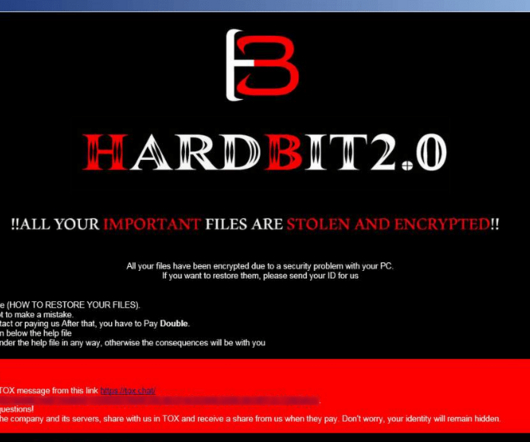
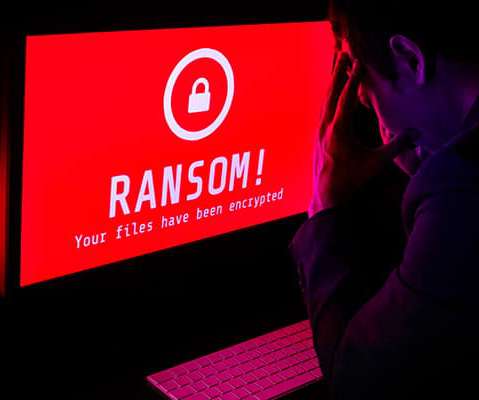


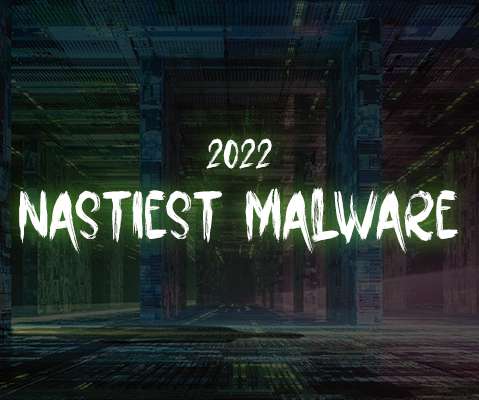
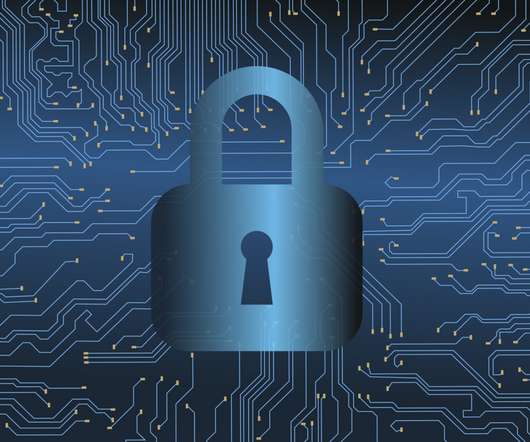

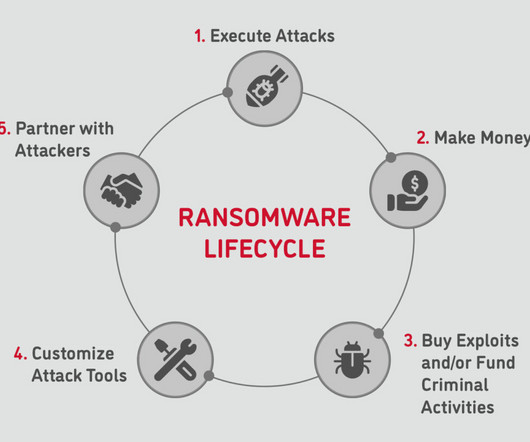

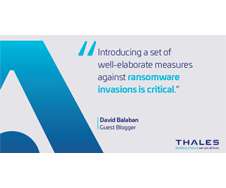
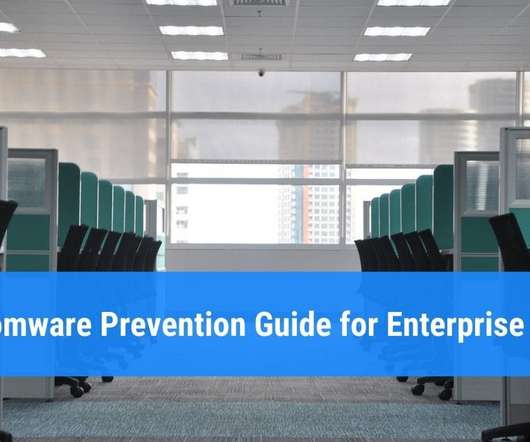







Let's personalize your content